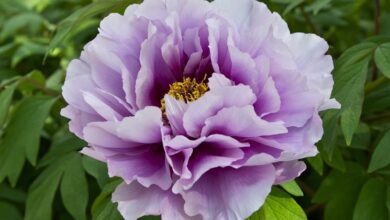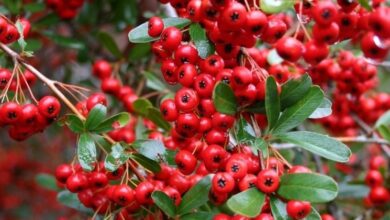Hypericum
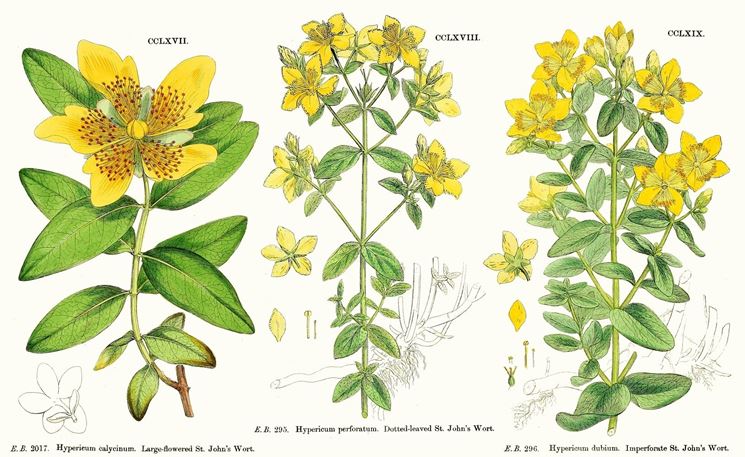
The plant that chases away ghosts

The characteristics of the Hypericum
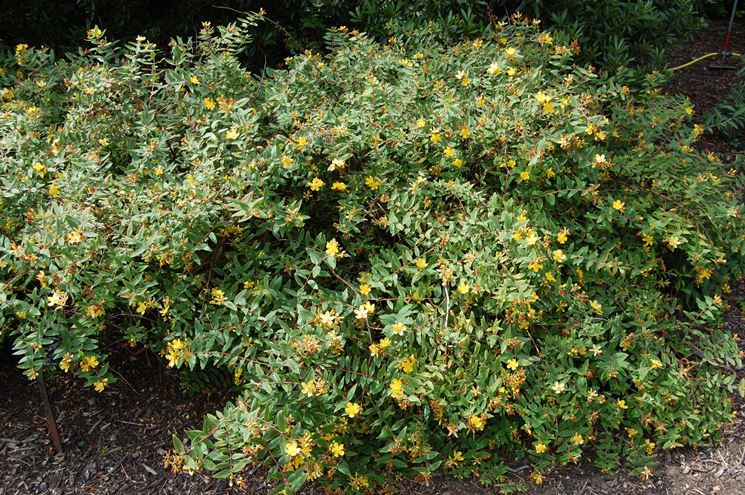
Hypericum is a woody and ground cover herbaceous plant, which therefore lends itself very well to creating borders or green carpets in gardens. This does not mean that it can also be grown in pots. Some Hypericum species are evergreen, but most lose all their leaves in the winter. From the root, long branches develop which give life to a not very tall bush, which at most can reach 60 centimeters in height. The stems of the branches are thin and brown, and are covered with oval leaves, dark green on the upper side, and light green on the lower one. Depending on the species of Hypericum that you decide to cultivate, it could produce yellow, red or pink flowers. Most species, such as Hypericum perforatum, however, have yellow, five-petaled flowers.
How Hypericum is grown
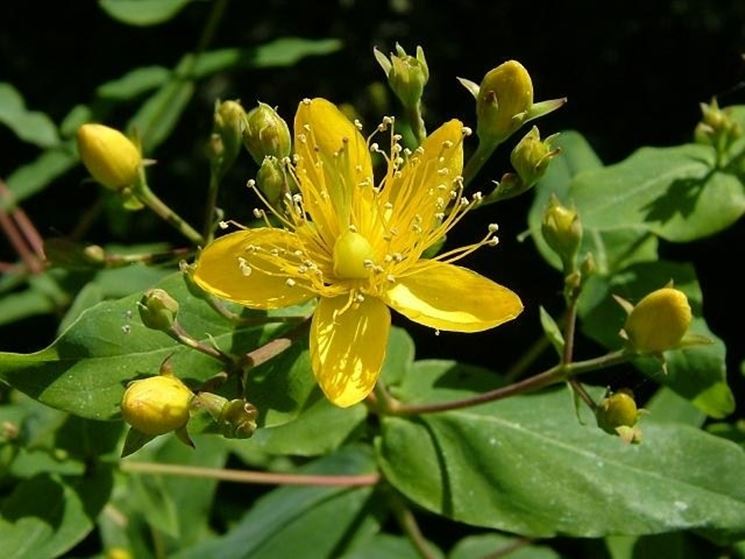
If you decide to adopt a Hypericum plant in the garden, or on the balcony of the house, you must get a soil with a sandy substrate, very well draining. In reality, Hypericum does not need a particular type of soil, because it grows well almost everywhere, even on very poor soil. However, it is always better to choose one that is rich in nutrients, to have a better flowering. The preferred exposure must be sunny: also in this case, the plant could also grow in the shade, but in this case there would be very few flowers. Hypericum does not need water: if it is located outdoors, rainwater is usually sufficient. It also resists the cold well: in short, it really needs very little care, so it is very easy to grow.
The properties of Hypericum perforatum
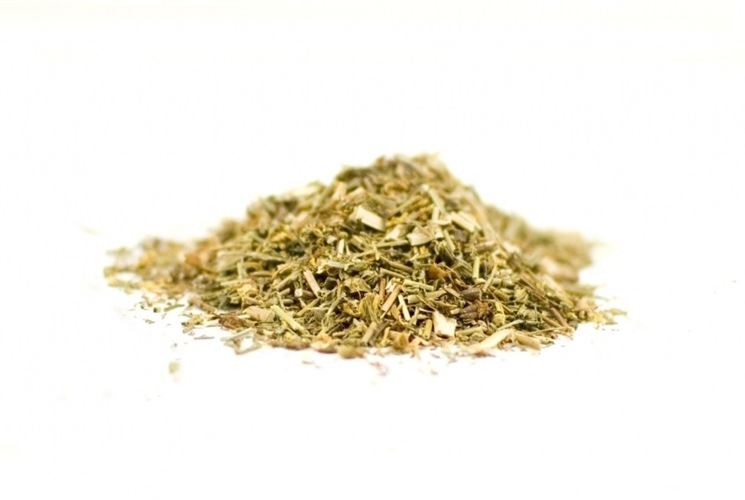
If you wanted to plant a particular species of Hypericum in the garden, namely Hypericum perforatum, you could also make use of its phytotherapeutic virtues. This plant is also called St. John’s wort, for two reasons. The first is that the flowers bloom around June 24, the feast of San Giovanni; the second is that around the petals of the flowers there are small red points, which look like blood, and which tradition attributes to the beheading of the Saint. Hypericume perforatum is so called because, due to these dots, which are vesicles, the leaves appear to be pitted. Hypericum perforatum has many uses in herbal medicine, especially transformed into oil. The main property that is recognized is the antidepressant one. In addition to this, however, it also serves to heal wounds, to soothe the ailments of


